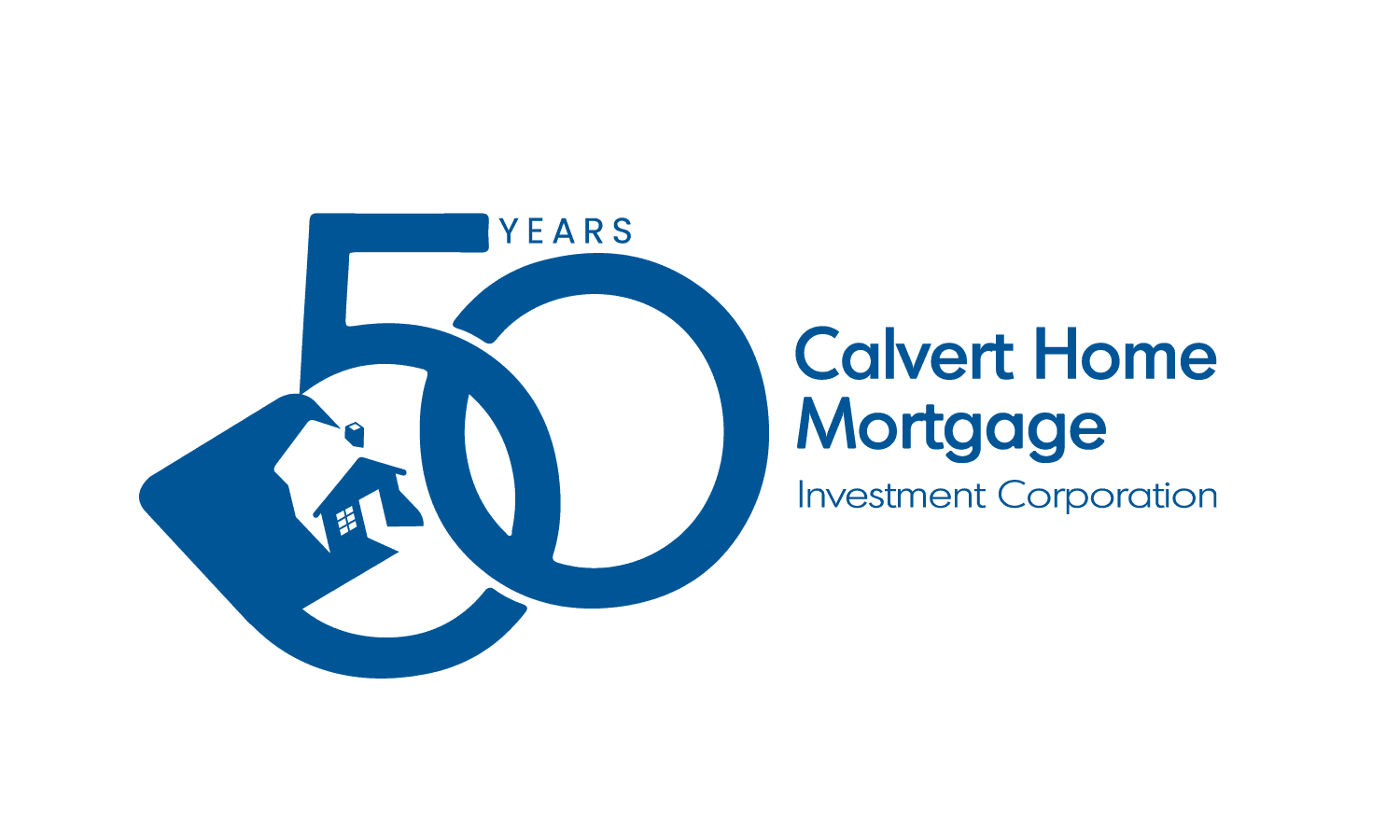With much talk about climbing interest rates, homeowners may be nervous about their current mortgages.
As the Bank of Canada raises what it calls its policy interest rate, that impacts the prime rate of commercial banks, used for loans such as variable rate mortgages and lines of credit. Following a hike in June, the Bank stated that interest rates will need to rise further. Fixed rate mortgages, tied to bond rates, are also on the rise in Canada even though they are not directly tied to the Bank of Canada policy interest rate.
While some analysts believe these rising interest rates have cooled (and will further cool) a hot housing market, the jumps create stress for those with existing mortgages. However, a mortgage currently in place could prove to be an advantage, depending on your situation.
Here’s a look at 6 ways to take advantage of an existing mortgage.
1. Port Your Mortgage
If you’re in the market to buy a new home, then it’s worth thinking about porting your existing mortgage. If you have low interest rates you may want to keep that mortgage in place.
What is porting a mortgage? Basically, you transfer what you owe on a current mortgage to a different property. You may be able to “break” the current mortgage without paying a penalty, and it would also be an opportunity to take advantage of that existing (potentially lower) mortgage rate.
One factor that could impact porting a mortgage is that you may have to switch from a variable rate mortgage to a fixed rate. Depending on what the rate is, this could be positive or negative.
2. Get an Alternative Second Mortgage
Another option is to get a second mortgage, which allows you to leverage the low first mortgage rate. Even with a higher interest rate, this type of mortgage could still be cheaper than a new mortgage, thanks to the existing low rates on your current mortgage. The key is having your mortgage broker or lender (and we can help) calculate the effective average rate, and compare that to currently available mortgage rates.
3. Negotiate a New Blended Mortgage
Another option for homeowners when interest rates are rising is to blend your mortgage, which can be done in one of two ways.
The first is “blend and extend,” in which you combine your existing mortgage rate with a new one and extend the term. The second is “blend to term,” in which you blend the rate without adding to the term.
Another advantage is that your extension is with your current mortgage lender. If they offer this as an option: talk to your mortgage broker about it to see if it is an option for you.
4. Refinance Your Mortgage
Another alternative is to refinance your existing mortgage before interest rates climb higher. Refinancing allows you to access more equity in your home and at the same time renegotiate your existing mortgage. You can also access your equity if you want to do renovations, for instance, by looking into a homeowners’ line of credit.
5. Pay Down Debt
While some homeowners with variable interest mortgages will consider locking in to a fixed-rate mortgage, there are still benefits to sticking with a variable rate over the long term. For instance, those who are not planning to stay in the home for more than a few years may not want to switch to a fixed rate loan since it increases their probability of paying a prepayment penalty if moving before the end of the mortgage term.
In the meantime, take advantage of the current rate to pay down debt faster.
Here’s how.
Make payments on your variable-rate mortgage in the amount you would with a higher fixed-rate mortgage. More of your money will go towards reducing principal on the loan, which will lower the amount you owe at a faster pace.
It also means you’ve taken advantage of the lowest interest rates when you have the highest amount of debt. As you pay of debt, rising interest rates won’t hurt as much, because you’ll owe less money on the loan.
Figure out what your payment would be if you locked in at a fixed rate and use that extra money towards debt reduction. It’s better than paying more interest, and you can pay down your mortgage faster.
Let’s use an example.
A monthly payment on your current variable rate mortgage is only $2500
A monthly payment on a fixed mortgage at the current rate would be $3000
You use the prepayment option on your mortgage to increase your monthly payment to $3000
By paying that extra $500 per month – or any amount for that matter – your extra money will go directly to principal, while your variable rates are still low.
You can also consider increasing your payments each month to what they would be if interest rates go up again. That would prepare you for the increases that are likely to continue, at least for the next year.
You’ll still be taking advantage of that extra money to pay down your principal. And once again, if your mortgage rates go up, you’ll be paying interest on a smaller principal, which helps save money in the long run.
If you have too much debt, like a mortgage, car payments and credit card debt, consider a debt consolidation. Calvert Home Mortgage can help with a first or second mortgage along with a plan to reduce and eliminate your debt. To do that, you access the equity in your home. While you still have payments, the rates should be less, and you’ll be able to eliminate some of those high-interest obligations like credit cards.
6. Don’t Panic
Even with recent increases, interest rates still remain low. That means it may be worth carrying on with your current mortgage rate. Or, it could be a good time to look at a second mortgage or a homeowners’ line of credit. Perhaps you could access some equity to get rid of debt with high rates, like money owed on credit cards, which can get as high as 19% to 22%.
And there’s some good news on the flip side. A rising Bank of Canada rate can positively impact the interest rates paid on deposits, guaranteed investment certificates and other savings.
It has also contributed to the housing market slowing down. The Canadian Real Estate Association said in June that there has been “a slowdown to more normal levels of sales activity and a flattening out of prices.”
So, if you are in the market for a home, you may have a bit more breathing room, some time to shop around, and to contact a mortgage broker to find the best mortgage for your needs.
What’s certain is that the Bank of Canada’s policy interest rate is expected to rise again, so it’s best to start thinking about what that means for you and your existing mortgage and other debts.
The Bottom Line
Rising interest rates often create concern for homeowners, but it can create opportunity for some. There are chances to use an existing mortgage to your advantage.
Calvert Home Mortgage can help, with free resources and educational tools that can help individual homeowners and real estate investors. Calvert Home Mortgage has been serving customers as an alternative lender since 1975 in Alberta and has recently made a successful expansion in the Ontario market.
Contact one of the experienced Calvert Underwriters for more information and advice on mortgages, debt consolidation and more.
Ardith Stephanson is a freelance writer and journalist who writes on a variety of topic areas.




